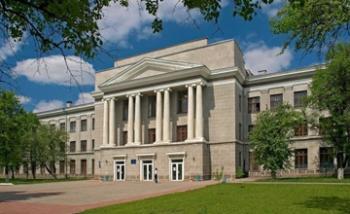
Among specialists with higher education working in Ukraine’s aerospace industry, 80% are graduates of KhAI
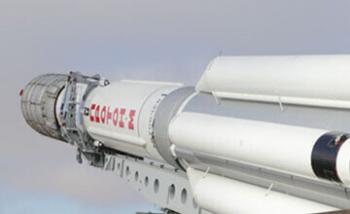
In 1937, a jet group was working at KhAI, designing the first rockets

In the 1960s, laboratories were established at KhAI
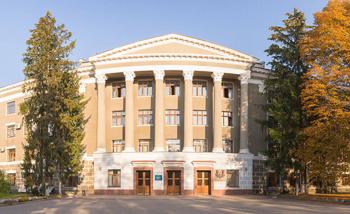
In 1999, another faculty was established — the Faculty of Humanities
Ukraine is one of the few countries in the world where aviation and space technology is developed and manufactured, and highly qualified specialists for this field are trained. The National Aerospace University "Kharkiv Aviation Institute" is a leading educational institution in Ukraine’s state education system, producing professionals in this field.
The Kharkiv Aviation Institute was founded in 1930 and initially had two faculties: Aircraft Construction and Engine Building. At the time of its establishment, KhAI had only 12 lecturers and 69 students. The institute developed at an exceptionally rapid pace. By 1932, the first passenger aircraft in Europe with KhAI-1 landing gear, designed by KhAI lecturers and graduate students, took off. Aircraft and gliders created within the institute set world records.
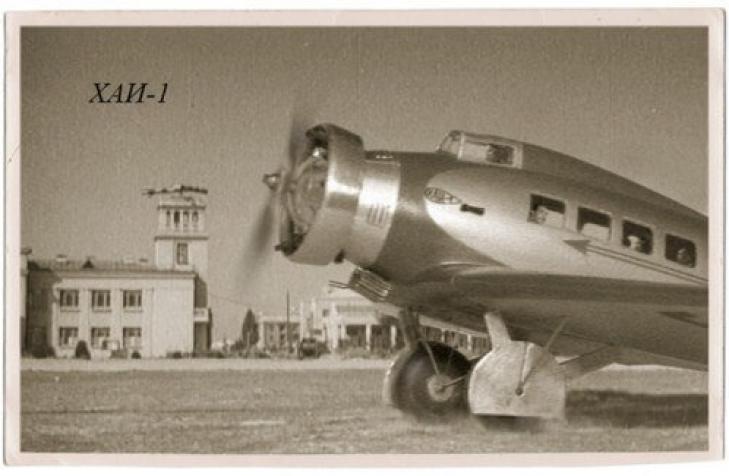
In 1930, at the origins of KhAI’s creation, stood the renowned scientist, student of Zhukovsky, professor (later academician) Georgiy Fedorovych Proskura, who throughout his life was awarded not only for his contributions to the development of aviation but also, for example, for creating a unique hydraulic engineering system.
A street in Kharkiv—the street on which the current National Aerospace University "KhAI" is located—is named after him.
1920s: Proskura with students of the aviation department of the Kharkiv Technological Institute (now KhPI), from which KhAI emerged in 1930.
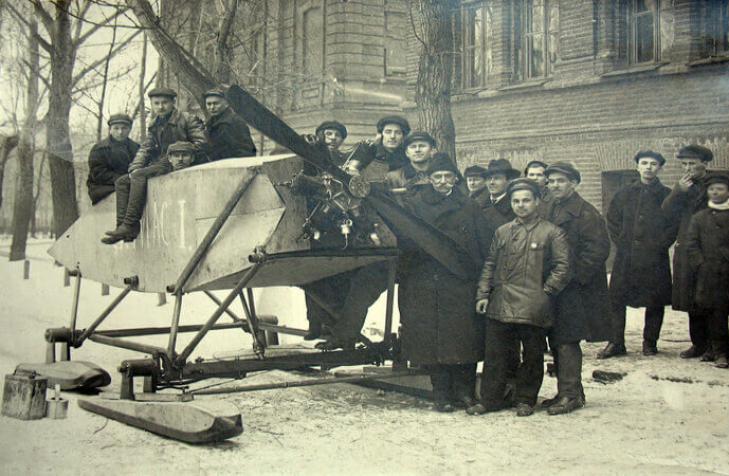
The second director of KhAI, Andriy Medveder (1903–1935), is indeed a unique case in the history of higher education institutions in the USSR. From 1931 to 1932, he served as director of KhAI while simultaneously being a third-year student in the Aircraft Construction Faculty. In 1935, he tragically died during the testing of the MTB-1 flying boat.
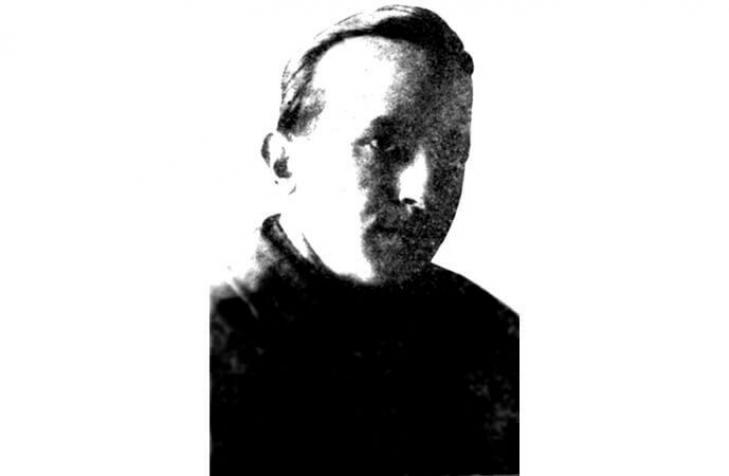
In 1932, under the guidance of Professor of Aircraft Design Joseph Neman, an initiative group of KhAI staff and students developed a high-speed aircraft project named “KhAI-1.” It was the first passenger aircraft in Europe with retractable landing gear, which gave the KhAI-1 a speed record. Powered by a domestic M-22 engine with 480 hp, it reached a speed of 322 km/h, ranking first in Europe and second in the world. Between 1934 and 1937, over 40 such aircraft were built at the Kyiv Aviation Plant, and in the pre-war years, the KhAI-1 became the most widely used passenger aircraft in the country. Achievements in this field prompted the creation of an experimental design bureau at KhAI.
From 1936 to 1938, based on the KhAI-1, the “KhAI-5” was developed. Its modification, the bomber “KhAI-5–R10,” was actively used during World War II as a reconnaissance and light bomber aircraft until 1943. A total of 490 of these aircraft were built.
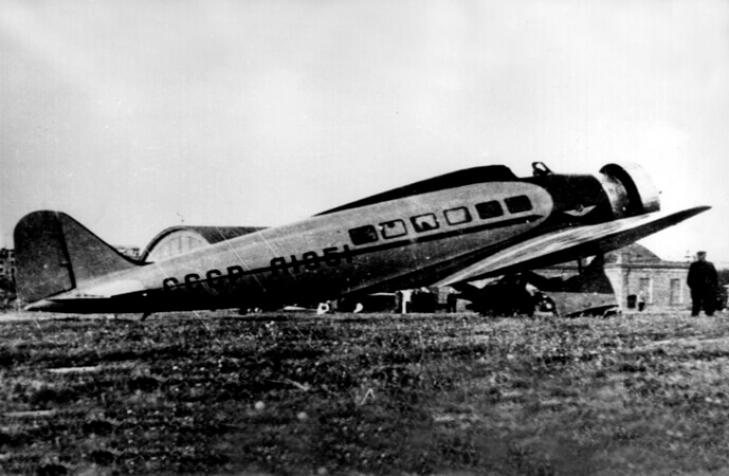
In 1934, the glider “Osaviakhimovets of Ukraine,” or “KhAI-4,” took to the air for the first time, under the leadership of Pavlo Hryhorovych Benning. He introduced a unique hydraulic linkage system between the front and rear landing gear, allowing all three wheels to be retracted and extended simultaneously in flight. At the same time, development continued on the glider “Osaviakhimovets KhAI,” which would go down in the history of world aviation. It was on this glider that pilot Ryzhkov became the first in the world to perform advanced aerobatic maneuvers on a glider, completing 26 consecutive loops, one of which included a reverse exit.
In the summer of 1934, KhAI developed a two-seat tailless glider, the “KhAI-2,” named after Pavlo Postyshev. Two months later, at the 10th All-Union Glider Competition in Koktebel, the KhAI-2 set a record among gliders of its class by staying in the air for 58 minutes.
On the return flight to Kharkiv, the glider set another record—piloted by Leonid Rozhkov, it was towed from Crimea to Kharkiv for 4.5 hours without a single landing.
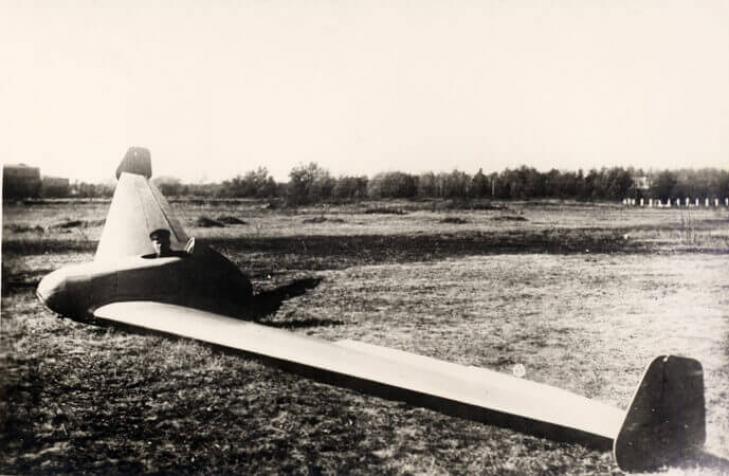
In 1935, the engineer of KhAI, and in the future the general designer, Arkhyp Mikhailovich Lyulka, developed and designed the first domestic turbojet engine RTD-1.

In 1935, KhAI students Fischuk, Stasyuk and Kosukhin created the project "flying wings", which allowed a person who jumped out of an airplane to make a planned flight. Today, this project has been implemented under the name “jetpack”.
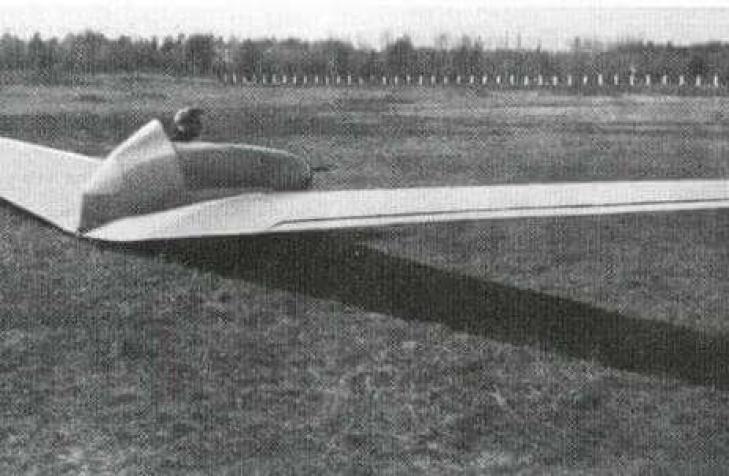
In 1935, the first domestic turbojet engine was designed by the teacher A. M. Liulka.
Since November 1937, a jet group worked at KhAI, and the first rockets were designed. By the beginning of the 1940s, the institute already had more than 1,000 students, a development bureau was working, and scientific research was actively conducted.
The development of the institute was interrupted by the attack of Germany on the USSR. More than 500 teachers and students of KhAI fought at the front, and bombers developed at the institute took part in the fighting. Due to the occupation of Kharkiv, the institute was evacuated to Kazan and continued to train specialists for the aviation industry. In those years, senior students were sent to engineering positions in defense enterprises. Many of them were awarded Orders and medals for their success in organizing the production of military equipment.

On November 10, 1937, Academician G.F. Proskura created a group of scientists, engineers and students who study rocket thrust, design and launch the first rockets. On September 19, 1940, enthusiasts of the Jet Group launched powder rocket No. 2 near the village of Cherkasskaya Lozovaya near Kharkiv. A memorial plaque on the aircraft body of the KhAI is dedicated to this historic event.
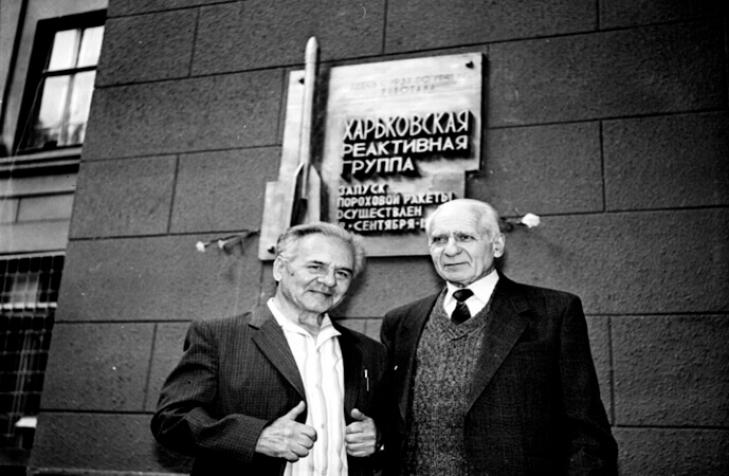
In 1939, the team of the Kharkiv Aviation Institute took part in international correspondence shooting and sports competitions organized by the English Association of shooting clubs. 45 teams competed from the USSR riflemen. The KhAI team took: 1st place in Ukraine, 10th place in the USSR and 12th place in the world.
In that team was Boris Oleksiyovych Khokhlov, a graduate of KhAI in 1941 (far left). In the future - a teacher of KhAI, and then chief engineer and general director of the Kharkiv Aviation Production Association. Winner of the USSR State Prize. It is under his leadership that such world-famous airliners as the Tu-104, Tu - 124 and Tu-134 will be produced at Khaz, and work has begun on preparing for the production of a new generation of Ans, An-72 and An-74 aircraft.

On August 16, 1943, soldiers of the 285th Guards regiment were among the first to break into occupied Kharkiv and dislodge the Germans from the KhAI area. The regiment was commanded by 29-year-old Major Grigory Rudyk. After passing through the territory of KhAI, they went to the Hydropark area (Shkiraniy - a brick factory during the war). Major Rudyk died there. His son and wife survived. A street in the Forest Park is named after major Grigory Rudyk. In fact, the man who commanded the liberation of KhAI and the village Zhukovsky.
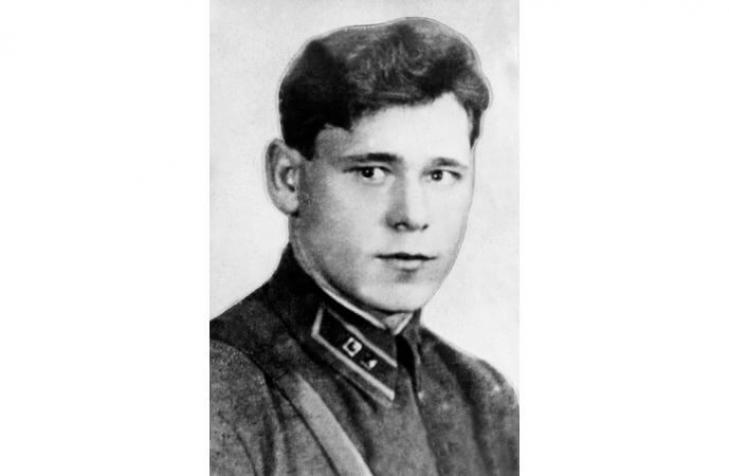
Immediately after the liberation of the city, the institute was returned to Kharkiv in 1944.
Restoration of the destroyed KhAI buildings took almost 8 years. At the same time, the educational process was improved, new departments were created, and the program of scientific research was expanded. In the late 40s, the first experiments on explosion stamping were conducted. In 1953, KhAI began work on the creation of jet burners for drilling hard rocks, and a wind tunnel was built. In connection with the development of rocket technology, training of specialists in its design and production was started, and the radio engineering faculty was opened.
In the 60s, KhAI established a laboratory for the use of pulsed energy sources in industry, a laboratory for the study of long-term strength of aircraft structures. The Student Design Bureau has started its work, which has created more than thirty aircraft samples during its existence. In 1966, the Kharkiv Aviation Institute was included in the list of 26 basic higher educational institutions of the USSR.
The Institute's specialization was constantly expanding. By 1980, new faculties were opened - aircraft control systems and rocket and space technology. At the same time, the development of the material base continued. The construction of a wind tunnel complex was completed, new academic buildings and dormitories, a sports complex, and a recreation center in the Crimea were built. The institute was named after M. E. Zhukovsky in 1978 for outstanding achievements in the field of training highly qualified specialists and in scientific research, and in 1980 KhAI was awarded the Order of Lenin. In the 80s, advanced training faculties for employees of the aerospace industry and the faculty of pre-university training were opened.
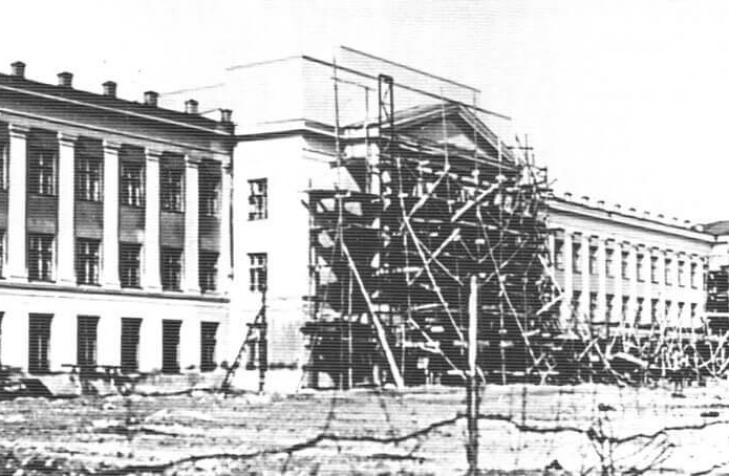
In June 1967, KhAI students built and successfully tested the unique KhAI-20 aircraft, which was honored with awards by VDNH of the USSR.Two years later, gibcolet KhAI-21 is created in KhAI, the prototype of the current moto-hang-glider. KhAI-21 was successfully demonstrated at exhibitions in the USA and Canada.

1977s. Outstanding general designer Oleh Kostyantynovych Antonov becomes head of the Department of aircraft design of KhAI (Department 103).

On March 31, 1978, the Kharkiv Aviation Institute was named after the aeronautical theorist "father of domestic aviation" M. Ye. Zhukovsky for his huge contribution to the training of aviation specialists.
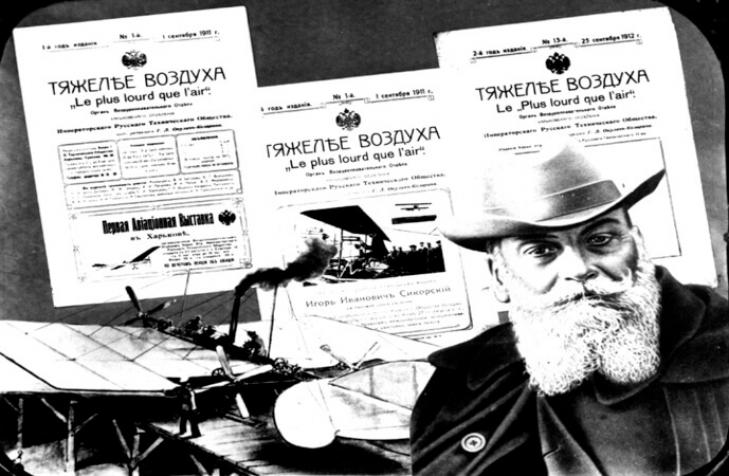
On April 14, 1990, the legendary KVK KhAI team played its first game and won its first victory in KhAI, which in the mid-90s not only won the KVK Championship title and the Champions Cup, but also the only one in the club of cheerful and witted received the title of «Best KVK team of the decade»

With the formation of independent Ukraine in 1991, KhAI became the only institute in the country that provides comprehensive training of specialists for the aerospace industry.In 1992, for the first time in the history of KhAI, he began training foreign citizens, and due to the demands of the time, the Faculty of Economics and management was established. At the same time, the study of integrated CAD / CAM / CAE software packages was included in the training programs: UNIGRAFICS, ADEM, EUCLID, etc. In August 1998, the State Aerospace University named after M. E. Zhukovsky "KhAI" was established on the basis of the Kharkiv Aviation Institute.
Over the years of its existence, the university has trained more than 53 thousand engineers. Among specialists with higher education working in the aviation and space industry of Ukraine, 80% are graduates of KhAI. The university is justly proud of the achievements of its scientists in the field of supersonic aerodynamics, strength of aircraft structures, design of aircraft and rocket engines, aircraft control systems and many others. The inventions of University scientists are patented in more than 20 countries around the world. KhAI is a regular participant of international exhibitions.
The university continues to develop. In 1999, another faculty was established - humanities. Currently, the university has more than 7,000 students and 160 postgraduates, 700 teachers (including 95 professors and doctors of sciences, more than 400 associate professors and candidates of sciences) and more than 2,000 employees. Among the university teachers there are 1 laureate of the Lenin Prize of the USSR, 3 laureates of the State Prize of the USSR, 25 laureates of the State Prize of Ukraine, 11 laureates of the Prize of the Council of Ministers of the USSR.
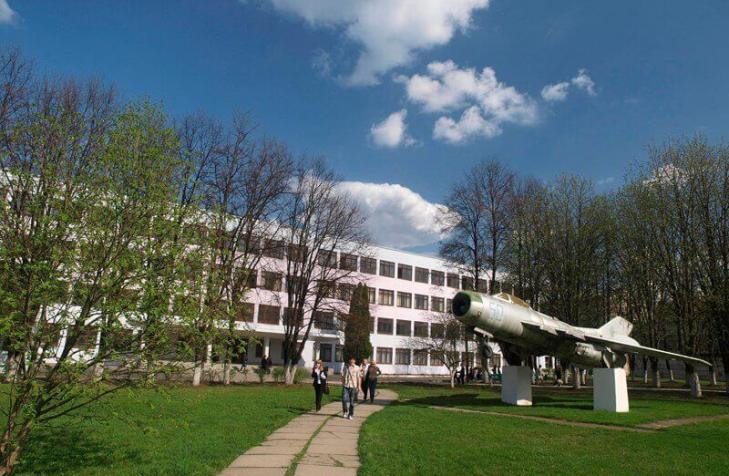
A distinctive feature of KhAI is its close ties with production. General designers and managers of the largest aerospace enterprises taught at the University: Ya.E. Eisenberg, P. V. Balabuiev, V. O. Boguslaiev, I. V. Dranovsky, S. M.Konyukhov, F. M. Muravchenko, A. K. Myalitsa.
Now the University occupies a separate territory of the city in the Forest Park area of about 25 hectares, on which there are 8 academic buildings, 2 research institutes, scientific laboratories, a library with a fund of 920,000 volumes, a campus, a sports complex, a dispensary, canteens.
The university is a co-executor of the Alpha International Space Program, as well as research projects with firms in the USA, Japan, Germany, Mexico, the Netherlands and China.
On September 11, 2000, the university was granted national status. The new name of KhAI is National Aerospace University named after M.Ye.Zhukovsky ‘Kharkiv Aviation Institute’.
The XXI century is a century of even more rapid development of aviation and cosmonautics. Scientists and teachers of the university look to the future with confidence and optimism and are ready to solve any tasks that time sets.


Chief Designer, Head of the Department of Aircraft Design (1977–1984)
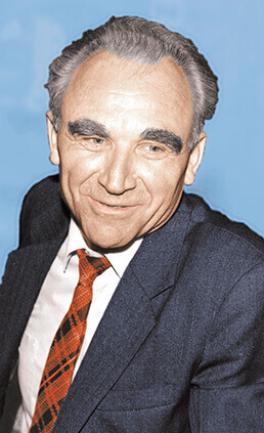
Chief Designer, creator of the aircraft: An-22 Antey, An-72, An-74, An-32, An-28, An-124 Ruslan, and An-225 Mriya

Co-founder, CEO of Sigma Software Group, and General Partner of an investment fund
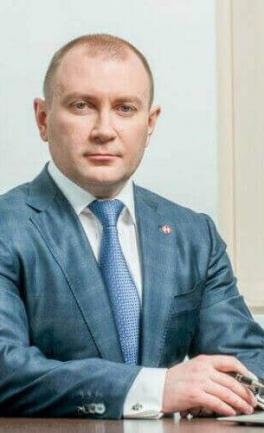
Founder of Nova Poshta

Founder of Nova Poshta

Captain of the legendary KVN team People in White. Producer. Founder of League of Laughter
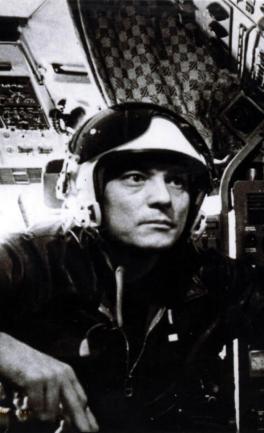
Class I Flight Test Engineer. Took to the skies the aircraft An-26, An-72, An-12, An-22, An-32, An-74, An-124, and the An-225 Mriya (first flight)

Class I Test Pilot. Holder of 115 world flight records on aircraft, International Master of Sports in aerobatics. Flew the An-225 Mriya. Died during a test flight of the An-124 Ruslan
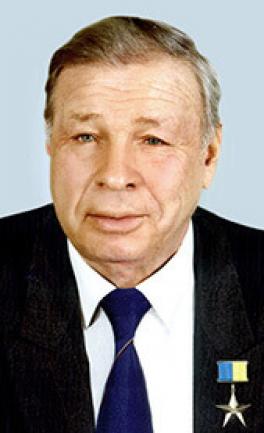
Chief Designer of ZMKB Progress. One of the creators of engines for the aircraft Yak-42, An-72, An-74, An-124 Ruslan, An-225 Mriya, An-140, Tu-334, Be-200, Yak-130, An-74TK-300, An-148, and the Mi-26 helicopter
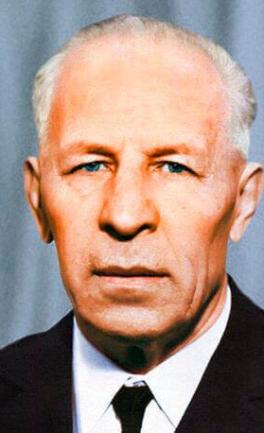
Academician. Chief Designer of ZMKB Progress. One of the creators of engines for the aircraft An-8, An-10, An-22, Be-12, Il-18, Tu-95, Tu-114, Yak-40, Vn-124, An-225, as well as for most Mil and Kamov helicopters

Academician. Chief Designer of ZMKB Progress
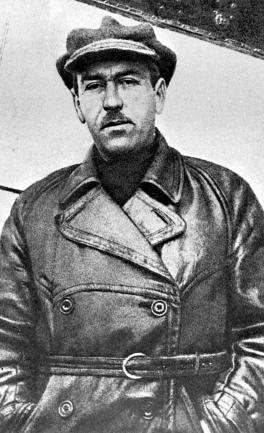
Chief Designer. Creator of the legendary aircraft K-2, K-3, K-4, K-5, and the giant aircraft K-7
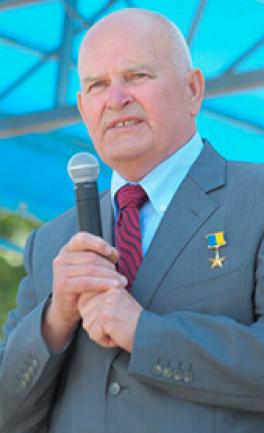
Hero of Ukraine. General Director of Kharkiv State Aviation Production Enterprise (KhAZ). Minister of Industrial Policy of Ukraine (2002–2004)
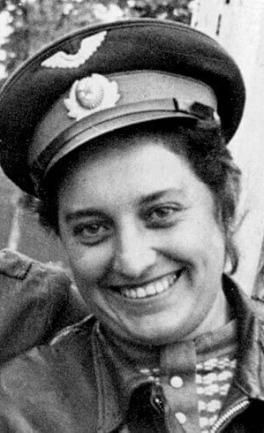
Fighter Pilot. The first Ukrainian female pilot to fly a jet aircraft
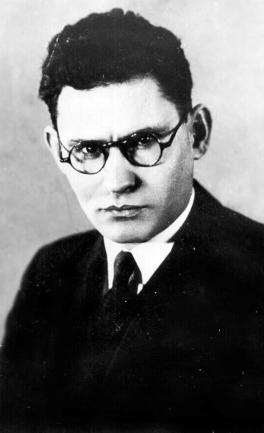
Chief Designer. Creator of the world aviation legend, the KhAI-1 aircraft – the first in Europe and the second in the world with retractable landing gear.

